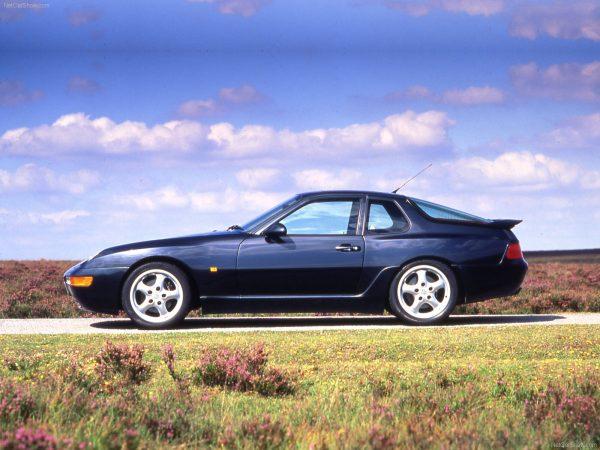The Porsche Transaxle era is making its resurgence amongst collectors.
Back in the 1970s, Porsche embarked on a journey that mirrors its journey with the SUV models. They had been making the 911 for decades and felt that its development was nearing an end soon. American customers wanted V8s and Porsche also needed cheaper sportscars to compete with Japanese entries like the Nissan Z cars. Thus, they came up with an entire lineup of vehicles that was meant to reach new customers – the Porsche Transaxle era models, all equipped with water-cooled engines and transmissions that were mounted on the rear axle along with the differential (hence the name).
Broadly speaking there are the three 4-cylinder entry-to-mid level sports cars and the 8-cylinder grand tourer, the 928. There are too many variants and updates to go through, so this article will give you just a quick idea as to what these models were.
Entry Level Sports Cars: 924, 944, 968
Porsche 924 (1976-1988)
This was the first of the transaxle Porsches and it was targeted at less affluent buyers than your typical 911 customer. It had a 2.0L 4-cylinder Audi engine (in almost all iterations) in front and was advertised as a “family sports station wagon”.

The 924 began life as a VW product, thus the Audi engine block – the rest of the internals were Porsche-engineered.

The Porsche 924 was a success, selling 150,000 units in its 13 year production run. The 924 was produced at Audi factories for Porsche.

Porsche 944 (1982-1991)
Porsche purists took issue with the Audi motor in the 924 and so efforts were made to introduce an in-house engine. Unfortunately this would have made the 924 too expensive so in 1982, the 944 was put into production.

It took the bones of the 924, gave it revised styling, better performance parts and introduced an all-alloy, all-Porsche 2.5L motor. The 944 was sold alongside the 924 as a mid-level sportscar for much of its life.

Late in the 1980s, Porsche decided to drop the base 944 and all 924 models in favour of more profitable high-performance models including a turbocharged 944. This model was also produced at Audi facilities. All said, the 944 was less successful than the 924 with just 25,245 units made in 7 years.

Porsche 968 (1991-1995)
With the Porsche 944’s design aging, the decision was made to create an all-new entry and build it at Porsche’s own facilities. Despite a complete exterior redesign and being almost a complete overhaul mechanically, the 968 was not a success.

The 968 is the rarest of the the transaxle models with under 13,000 examples in existence and a very short production run. It was the last 4-cylinder Porsche model until the Macan and the last front-engined Porsche model until the Cayenne. On the plus side, the low production numbers made the 968 the most collectible (and perhaps most practical) transaxle era Porsche.

Grand Tourer Transaxle: The Porsche 928
Porsche 928 (1977-1995)
One year after the introduction of the entry-level Porsche 924 came the 928. This was a grand tourer model that took the same transaxle layout but dialed performance and desirability up to 11.

The 928 came with a V8 developed by Porsche themselves. In earlier iterations, the engine displaced 4.5L and produced 240PS.

By the 1987, there were 5.0L V8 models with 320PS on tap. In 1995, the Porsche 928 GTS came with a 5.4L producing 350PS. The Porsche 928 had an extreme long production run, being made for nearly 20 years with periodic updates. All-in-all, nearly 400,000 cars were made. Originally envisioned as a successor to the 911, the 928 just never managed to capture the same level of enthusiasm.

What Happened After The Transaxle Era?
The Porsche Transaxle models sold between 1976 and 1995. The last model, the 968, proved to be uncompetitive in the market and the decision was then made to co-develop the first Boxster alongside the first water-cooled 911 with some help from Toyota. Porsche then moved back into the same markets that the transaxle cars occupied with the Cayenne, Panamera and Macan.

The rest, as they say, is history